Amidst the hustle and bustle of Ho Chi Minh City, there are still very different colors: rustic, old but full of life. In the suburbs such as Binh Chanh, Cu Chi, Hoc Mon or Zone 2 of the city (old Binh Duong ), somewhere there is still a flickering flame of the traditional handmade brick making craft that has existed for more than a century.
Meticulousness and long-term experience
In early November, I visited Phuoc Thanh commune, Ho Chi Minh City, where many traditional and modern brick kilns have sprung up. The road leading to the small brick kiln is covered with a distinctive layer of red dust, a dust that has been part of the lives of brick makers for decades.
The brick kiln of Mr. Hoang Quoc Huong, over 60 years old, is located deep in the vast rubber forests, far from people's houses. As early as 5 am, he began urging his workers to collect firewood, check the wind, open the kiln door and start adjusting the fire. He confided: "Making bricks is working with the sky, the earth, the sun, and the wind. If the fire is erratic, the whole batch of bricks will be wasted." As he spoke, he opened the kiln to show me the red-hot furnace inside.
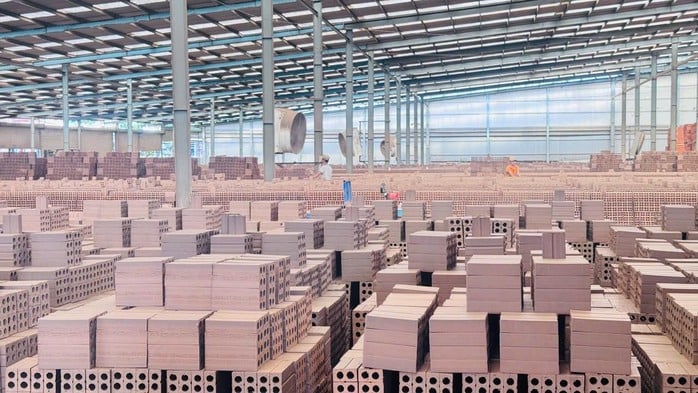
Unburnt bricks
From the outside, the kiln looks like a large cave built with raw bricks. The temperature inside the kiln can reach over 800°C. Just standing close is enough to make your face burn with the heat. However, the workers are used to it. Ms. Dinh Thi Nga, a brick kiln worker, shared: "We can stand it being so hot, but strangers will run away after standing there for 5 minutes."
Despite the difficulties, people still stick with the manual work, with smoke blinding their eyes and the sun burning their heads because they have families and school-age children. They do not find this work hard, on the contrary, they are proud to be contributing to preserving a part of the traditional value of brick making.

Clay composted to make bricks
To make a handmade brick, the worker must go through dozens of stages, each stage requires meticulousness and years of accumulated experience.
Clay is taken from deep ditches in the garden or purchased from neighboring areas. The soil must be "fleshy", soft when squeezed and not crumble. When the soil is brought back, the workers incubate it for several days to make it flexible enough. There are days when the soil truck arrives late, the workers have to get up at 2am, weigh the truck of soil and then pour the soil to incubate. After incubating, the soil is mixed with ash or sawdust to increase the bonding strength. The workers use wooden molds to mold each brick. A skilled worker can make more than a thousand bricks a day. Everything is done by hand, each movement has become a natural habit. The raw bricks are left to dry for three to seven days, depending on the weather.
With her hands deftly arranging each brick, Mrs. Nga confided: "Bricks are ruined when exposed to rain. In this profession, you have to look up at the sky." When the bricks are dry, the worker puts them in the kiln, piles firewood around them and burns continuously for 7-10 days and nights. This is the most difficult step. If the fire is too strong, the bricks will crack; if the fire is weak, the bricks will be undercooked and no one will buy them. It all depends on experience and "professional eye".
The fire never goes out
The difference of handmade bricks lies in their durability and natural color. Thanks to being fired with firewood and having a solid soil structure, handmade bricks are strong and retain a rustic, warm look. Ancient buildings, schools, traditional homestays, etc. still prioritize this type of brick to create a close space. Each brick bears the mark of the craftsman's hand. No two are exactly alike, that is the beauty of craftsmanship that industrial bricks cannot reproduce.
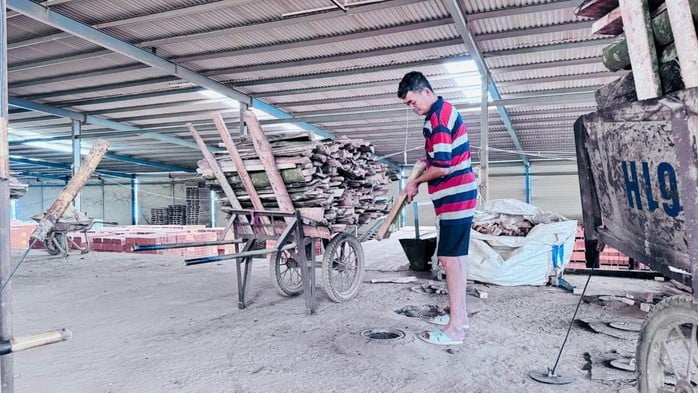
Workers put firewood into the kiln to burn bricks.
However, the brick making industry is facing many difficulties. Three factors are causing brick kilns to shrink their operations due to increasingly strong urbanization, scarce land for raw materials; increasingly strict environmental standards, many kilns have to close because of dust and smoke; and cheap industrial bricks have caused handmade bricks to lose market share. "Now the whole village has only a few kilns keeping the profession, and they are all elderly. Their children and grandchildren all work for companies; no one wants to stay here with the hot temper and dust" - Mr. Huong said.
According to the announcement of the Ministry of Construction , 2005 is the deadline for relocating manual brick kilns in urban areas. Manual brick kilns that have not been relocated or do not have enough capital to convert technology must close down and switch to other more suitable occupations. Although the number of people sticking to the profession is decreasing, there are still young people who are looking for ways to turn traditional occupations into new values such as: Opening workshops combined with experiential tourism for tourists to see and try making bricks; works of art and landscapes built with bricks made from traditional kilns thanks to their rustic beauty; traditional brick kilns can research fuel kilns to reduce smoke and dust to meet standards. In addition, manual brick kilns can promote themselves through social networks to create brand highlights, attract customers, and improve the living standards of workers.
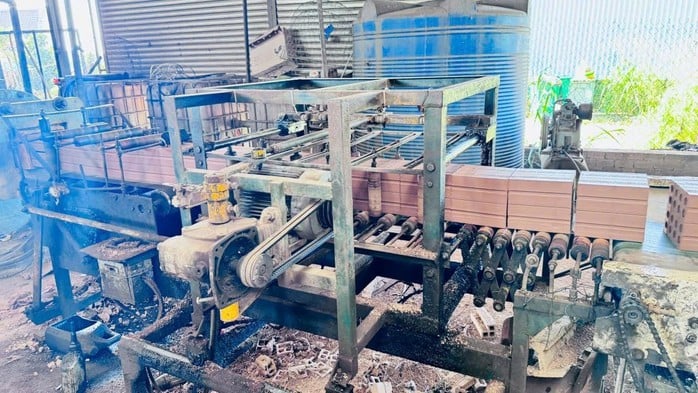
Forming machine for the production of unburnt bricks
Although few, there are still young workers returning to the profession after realizing the value it brings. "I want to preserve my father's profession. Handmade bricks are a part of old Saigon, it would be a pity not to lose them tomorrow" - Mr. Hoang Tung, son of Mr. Hoang Quoc Huong, owner of Hiep Hung 2 brick kiln shared.
At noon, Mr. Huong's brick kiln was still glowing red. The workers stood in front of the kiln, shaking a few pieces of wood, their eyes following the fire. Their small, thin figures seemed to blend in with the heat. But their eyes were bright and full of fire, like their profession. "As long as I can work, I will keep the kiln burning. This brick is my life, it is what I want to pass on" - Mr. Huong said in a low but determined voice.

Source: https://nld.com.vn/ngon-lua-hoa-hop-dat-troi-giua-long-thanh-pho-196251121150838693.htm





![[Photo] Next to the "mountain of trash" after the flood, Tuy Hoa residents strive to rebuild their lives](/_next/image?url=https%3A%2F%2Fvphoto.vietnam.vn%2Fthumb%2F1200x675%2Fvietnam%2Fresource%2FIMAGE%2F2025%2F11%2F24%2F1763951389752_image-1-jpg.webp&w=3840&q=75)









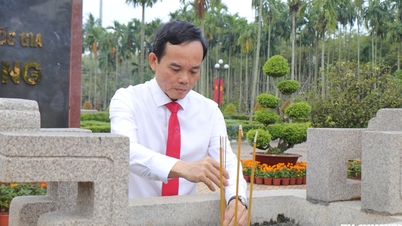








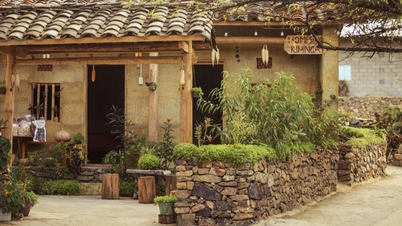

















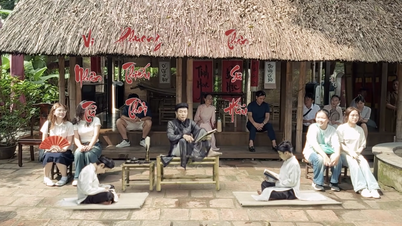











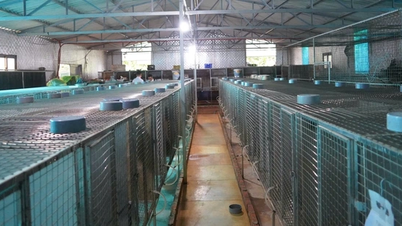





















































Comment (0)